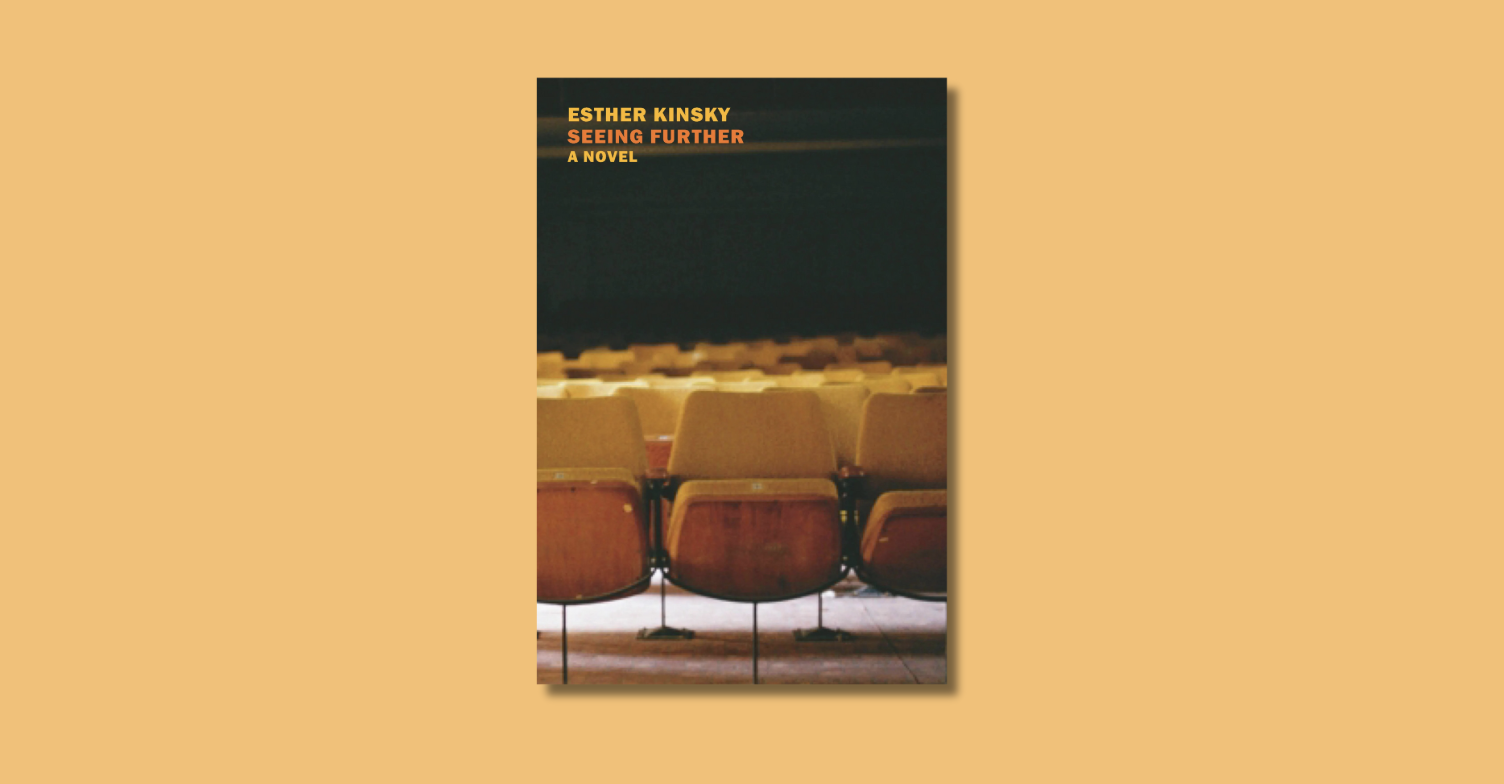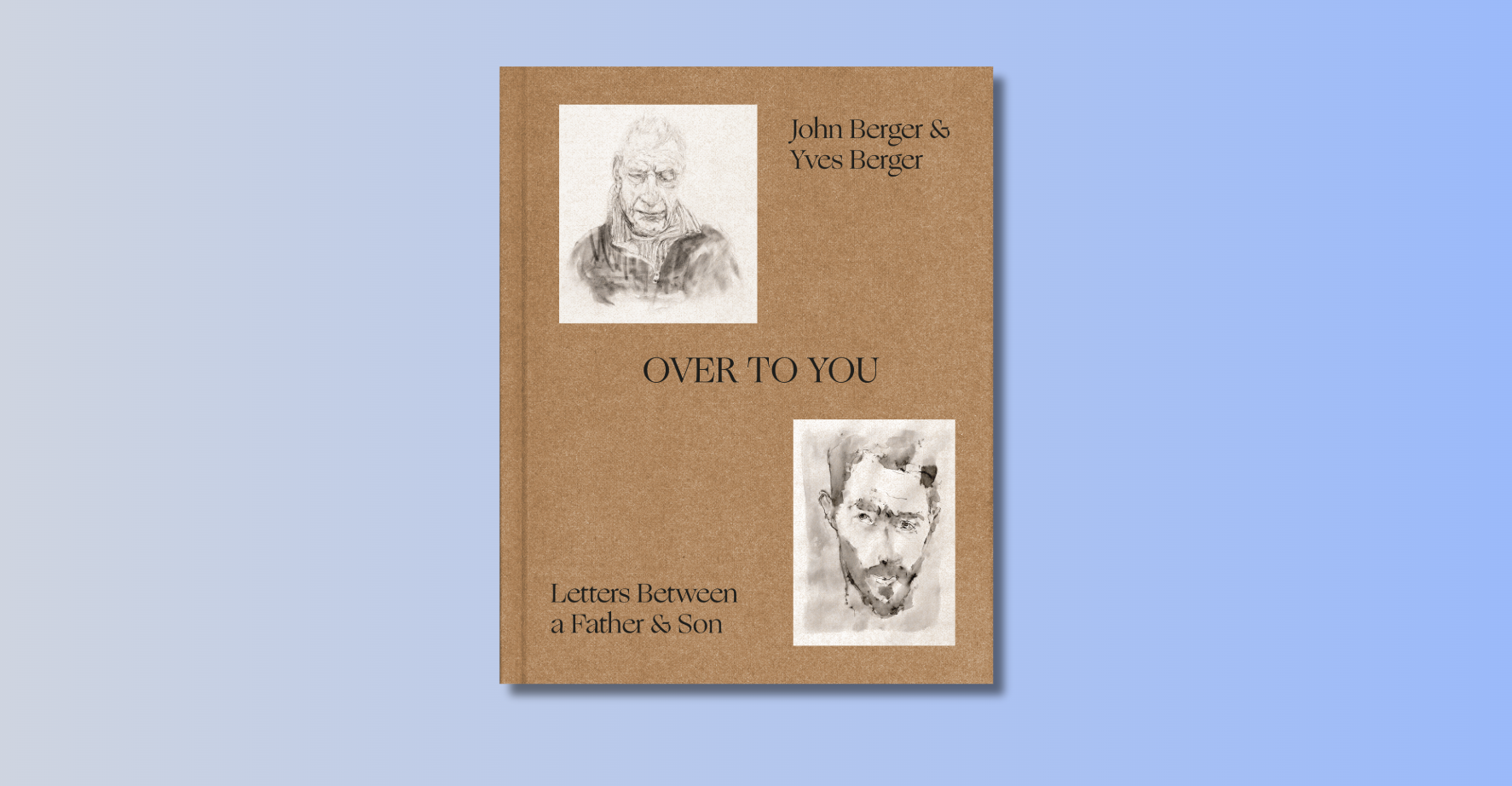After more than a month of intense reading I’ve finally finished Crime and Punishment by Fyodor Dostoyevsky. As some of you may remember from a post a while back, this was my first serious excursion into the golden era of 19th century Russian fiction. After seeking the advice of several trusted fellow readers (aside: see how well it works! Make sure to Ask a Book Question if you ever find yourself in a similar predicament. We’re here to help!) We collectively decided that C & P was the best place to start. I reacted to the book in a couple of different ways. My first reaction, from almost the very beginning, was that the book felt like a Dickens novel to me. I saw similarities in both the gothic overwrought characters and the lurking shady characters who alternately seemed for or against young Raskolnikov. The friendship between Raskolnikov and Razumikhin, in particular, reminded me of the friendship between Pip and Herbert Pocket in Great Expectations. Other similarities, I think, are structural. Both books were written serially, and as with Dickens, I looked forward to the cliffhanger at the end of each chapter which would ensure that readers would look forward to the next installment. When I read a book like this, it always occurs to me that it’s too bad books aren’t written that way any more. It seems like it would be a really fun way to read a book. (Now that I think of it, I’m pretty sure that Stephen King has experimented with this in recent years). My other reaction was how psychological and modern the book seemed. I never read this or any other Russian novels in school (not sure how that happened) so I had neither expectations nor preconceptions when I began. The book was, in its own verbose way, a very profound discussion of morality and power. More specifically, I was interested in the relationship between the power of murder and the power of wealth and social class. These themes were buried beneath layers of prose. The book seemed to be divided almost equally between action and Raskolnikov’s internal monologue. It was very readable, but occasionally overwhelming. A final observation: the book is filled with events and real people drawn from real life in 1860s St. Petersburg. In the present day, as an established classic, it gives the book a historical context, but I couldn’t help but think about how it must have appeared at the time of its publication. In this day and age, writers are often derided for relying too much on current events and pop culture. Critics claim the these books will lose their cultural significance as they become quickly dated. Yet, in C&P, Dostoyevsky’s practice of referring to specific scandals and amusements that were the hot topics of conversation at the time serves to cement the book very specifically in a time and place and it manages to make the story feel real and complete. I should also mention that I really enjoyed the particular edition that I read. A multitude of informative notes augment the text, and the translation by Richard Pevear and Larissa Volokhonsky felt inventive and engaging. But now I am done, and I am looking forward to a change of pace. I’ve already embarked upon Jamesland by LA author Michele Huneven. The book club that I help run is reading it, and Huneven herself is planning to make an appearance at the end of our meeting so that she can answer our questions. Should be lots of fun.








